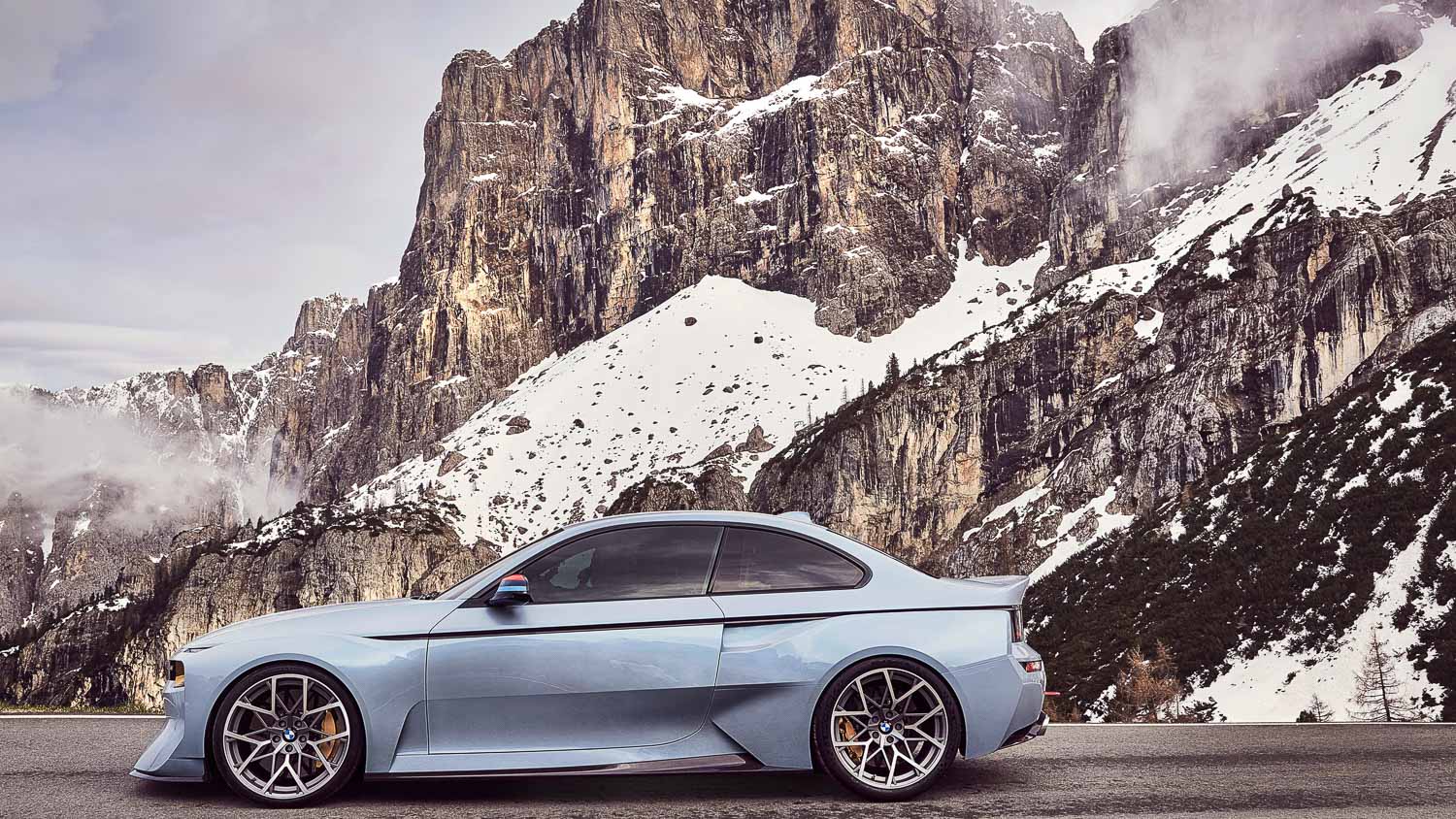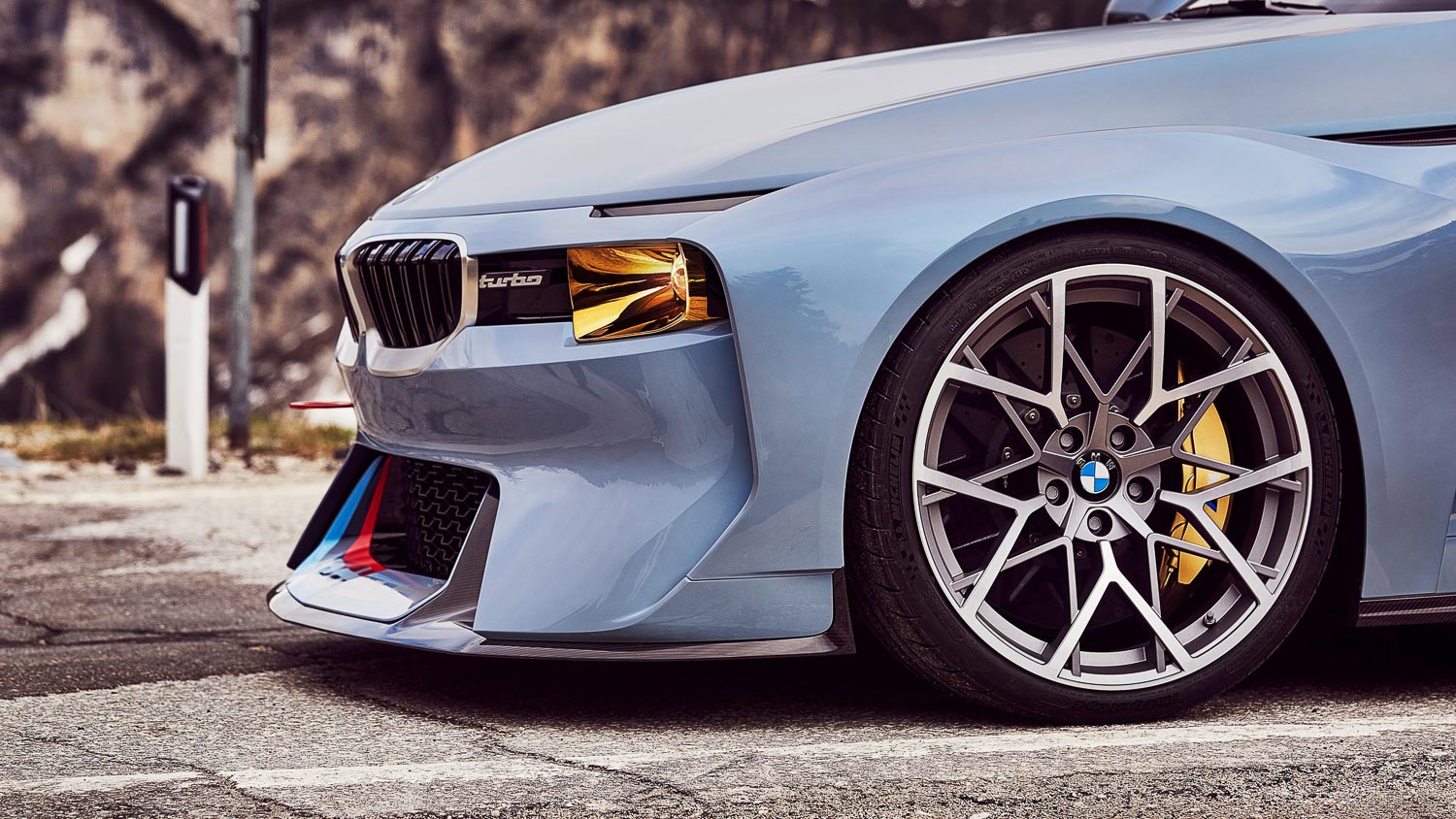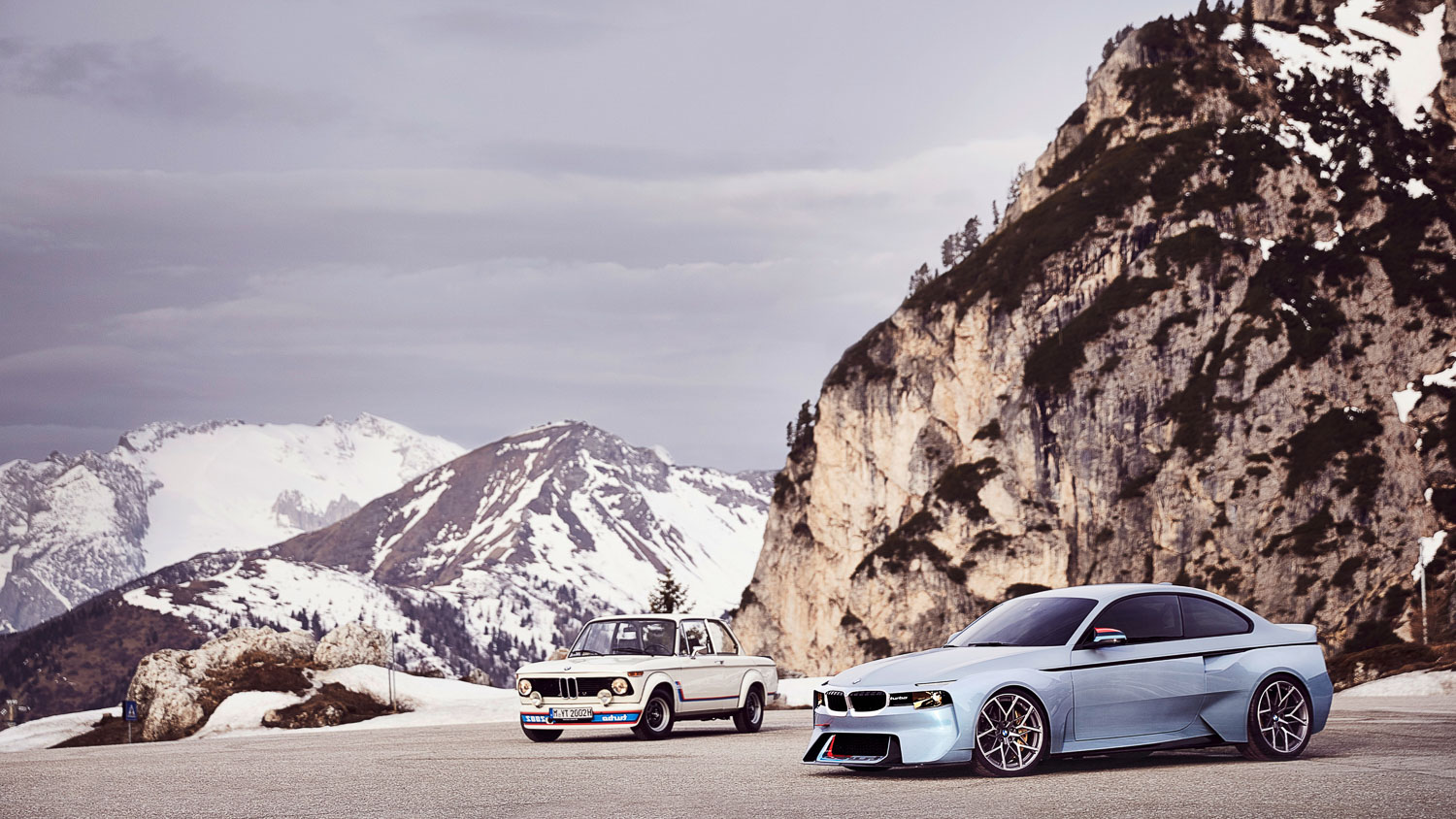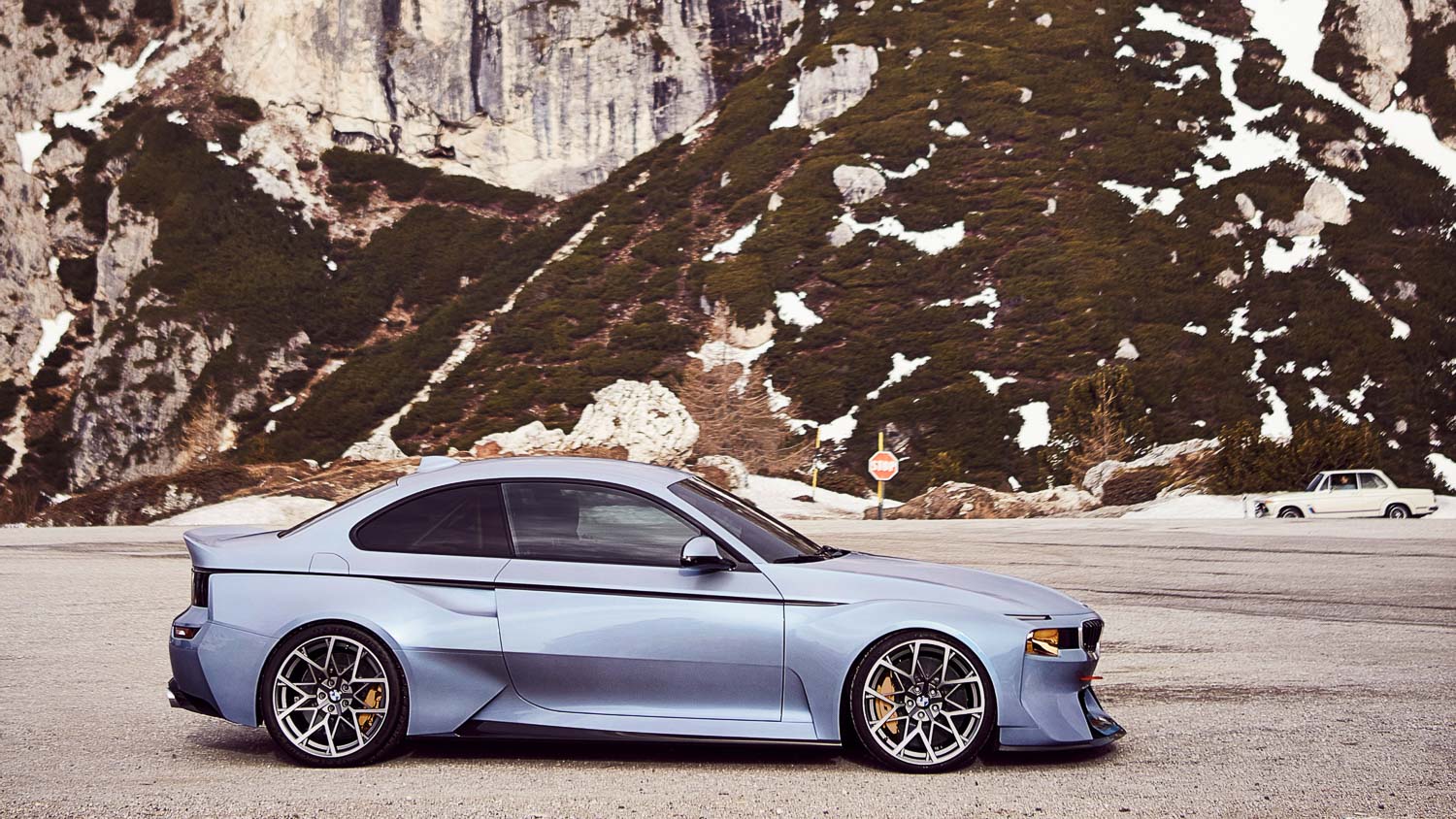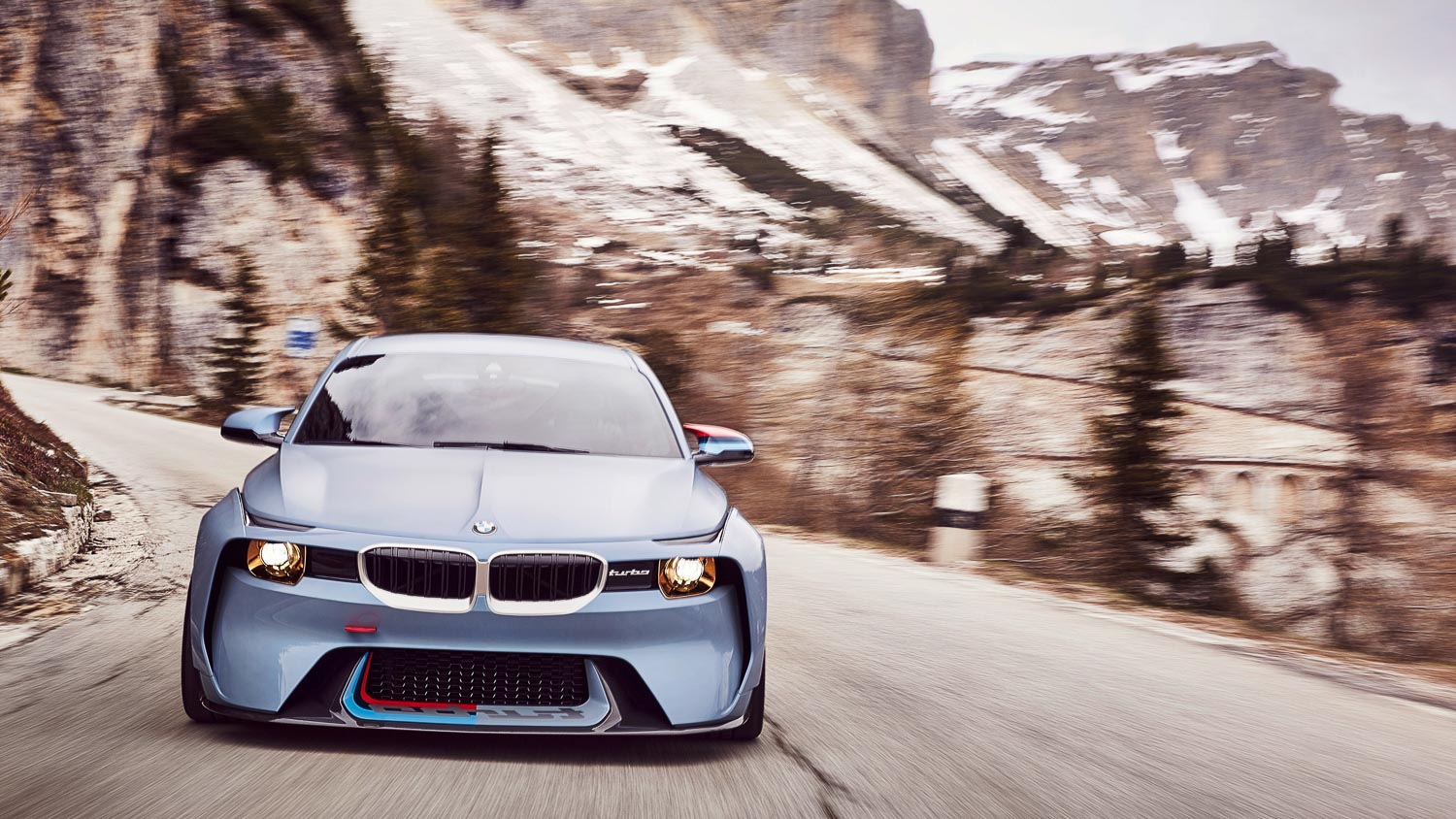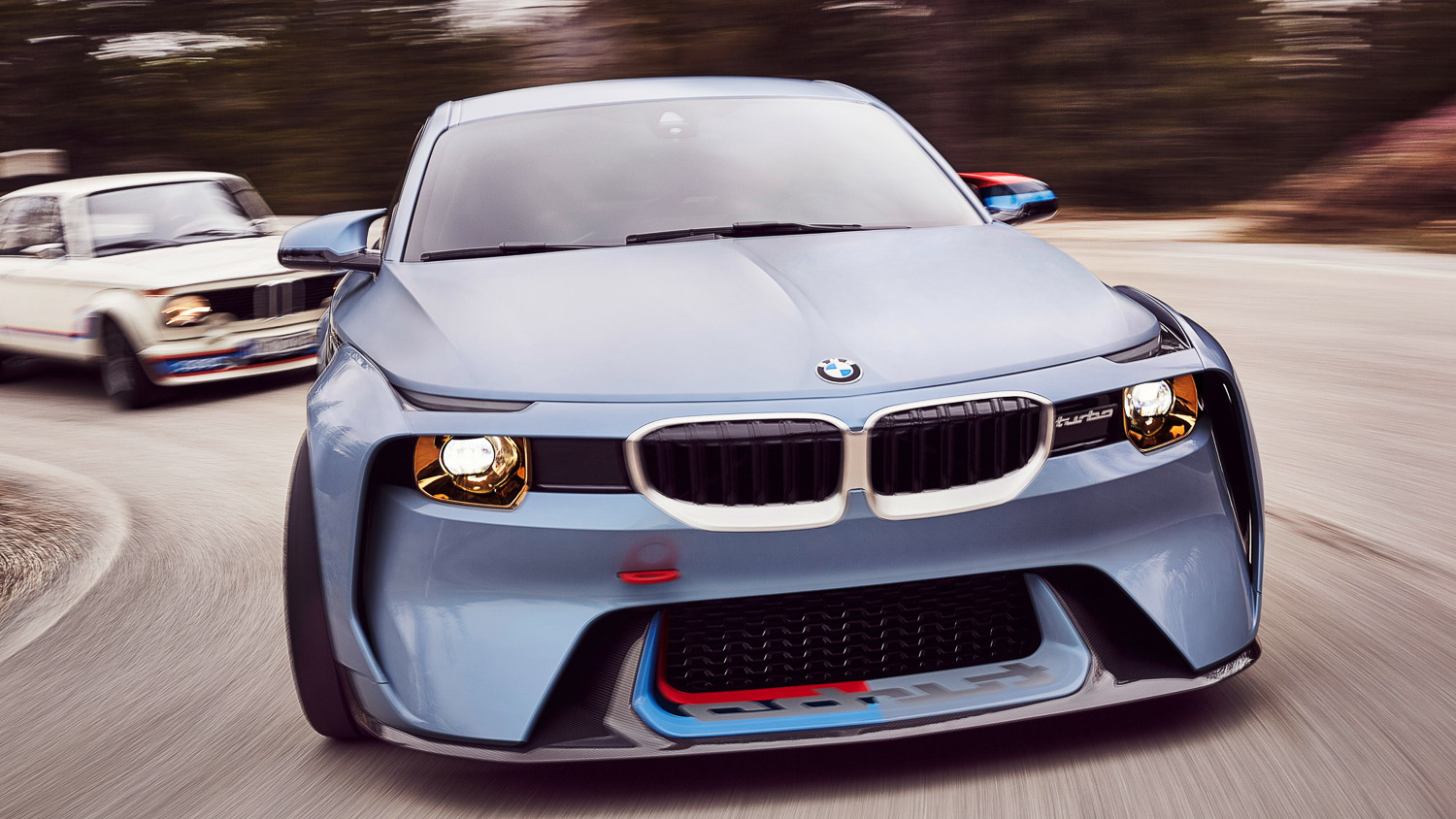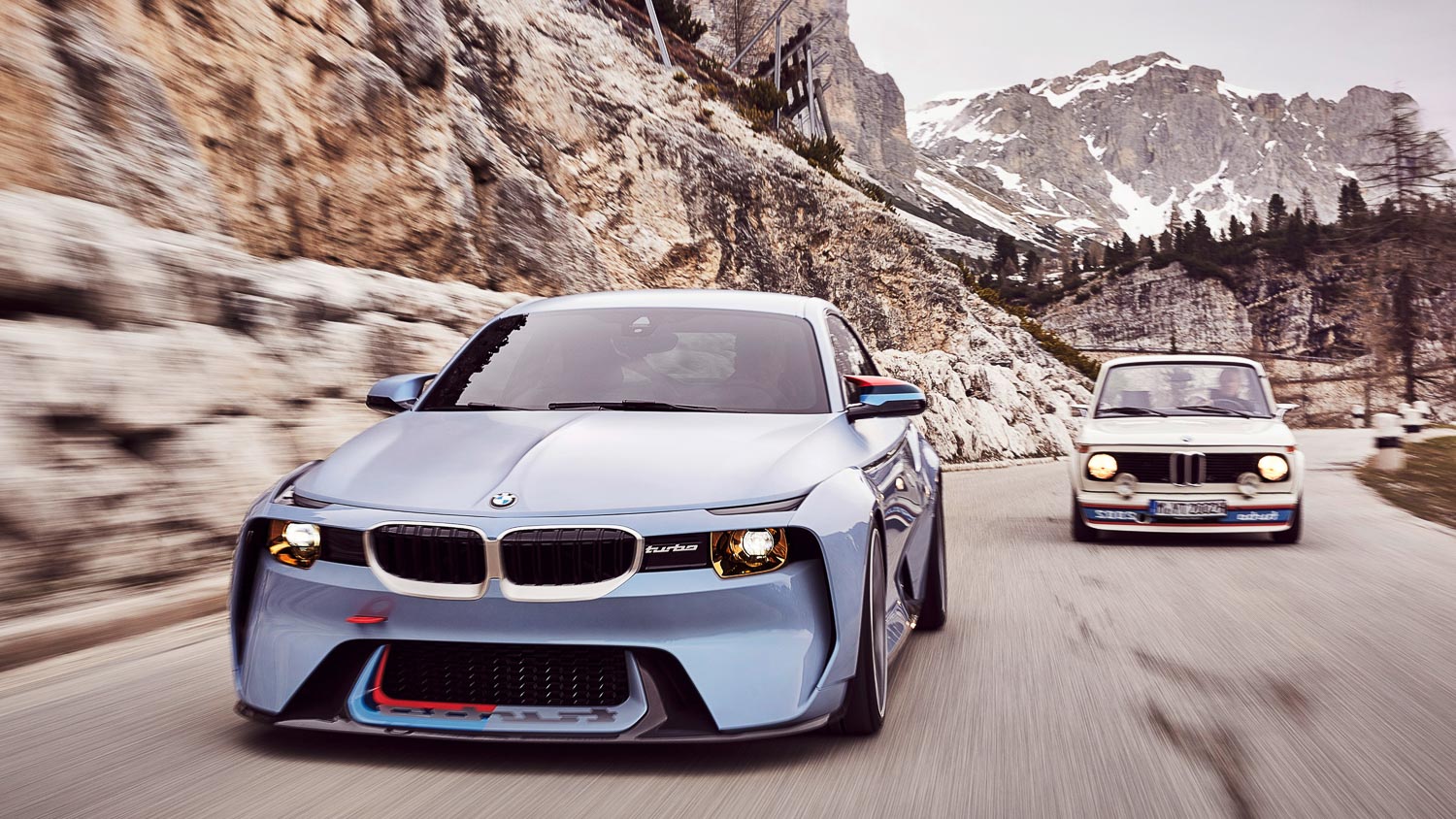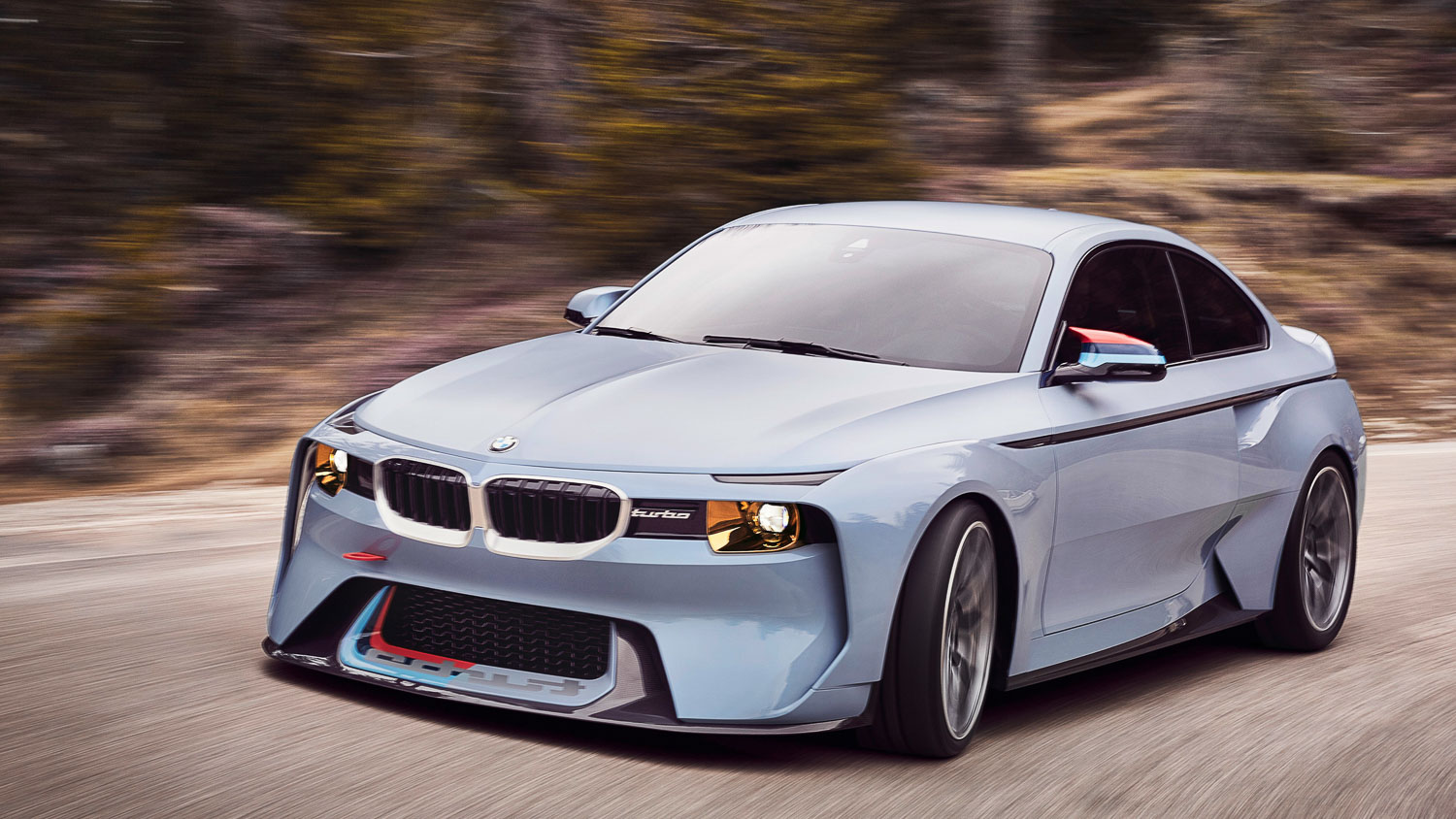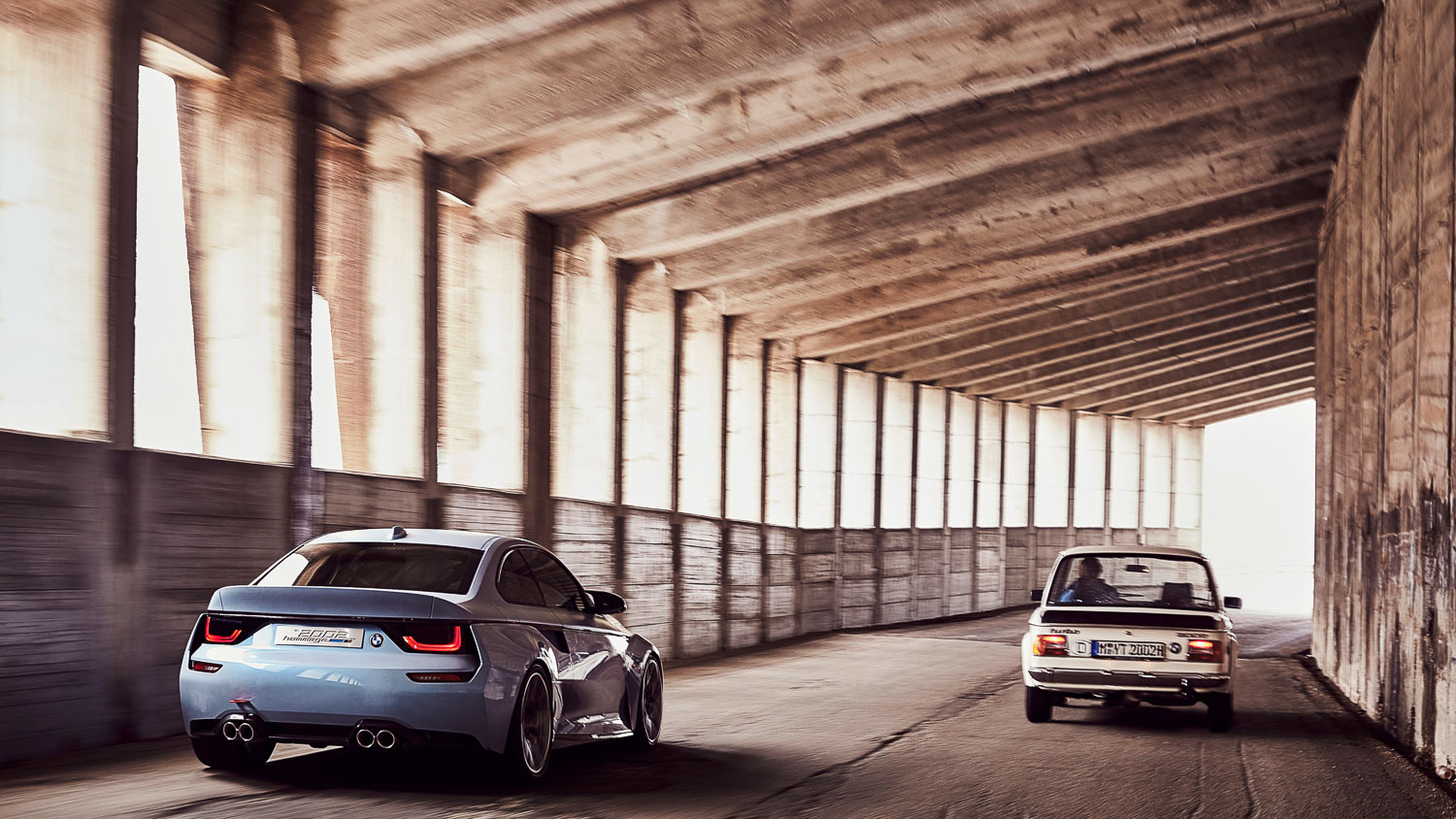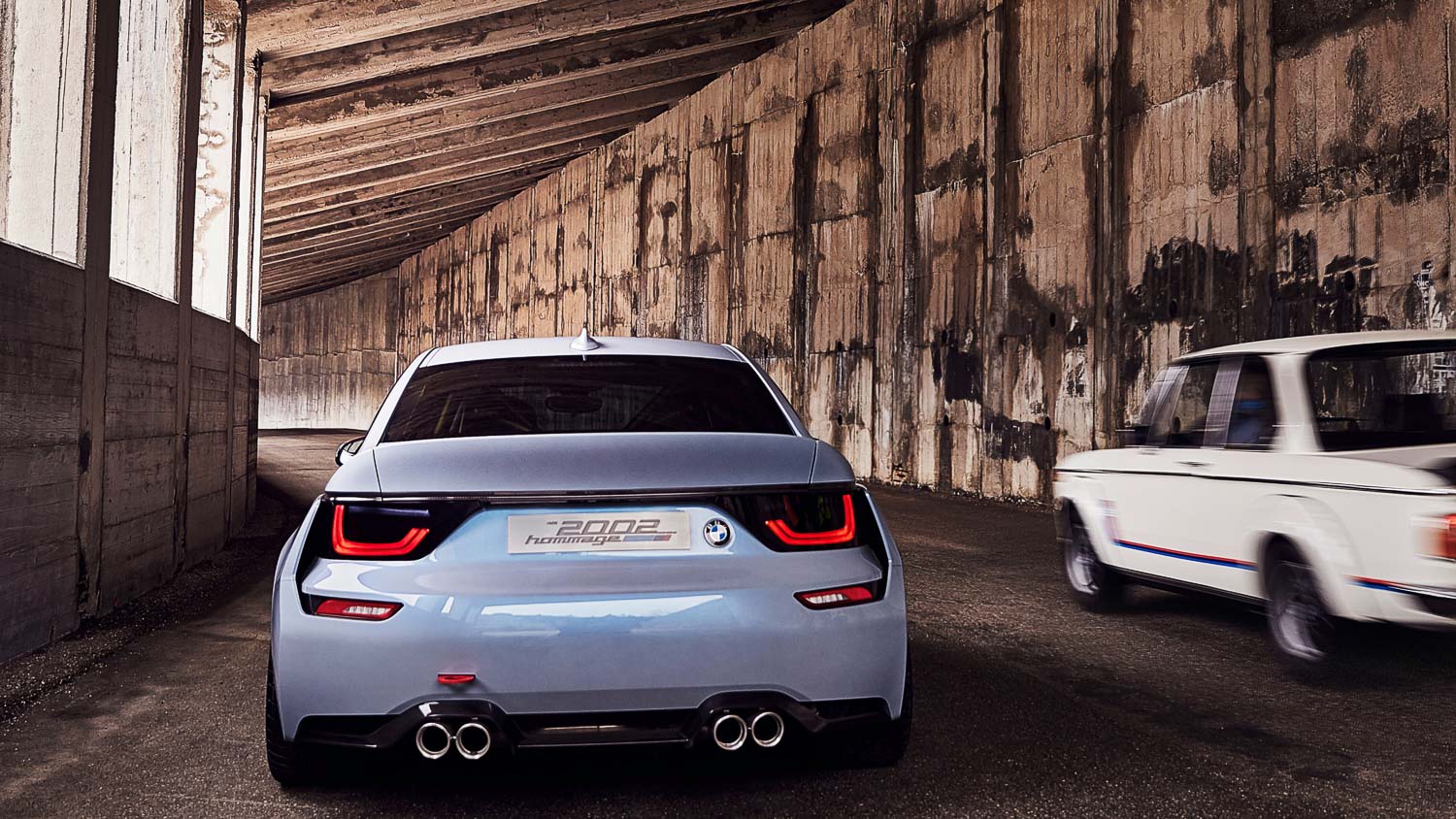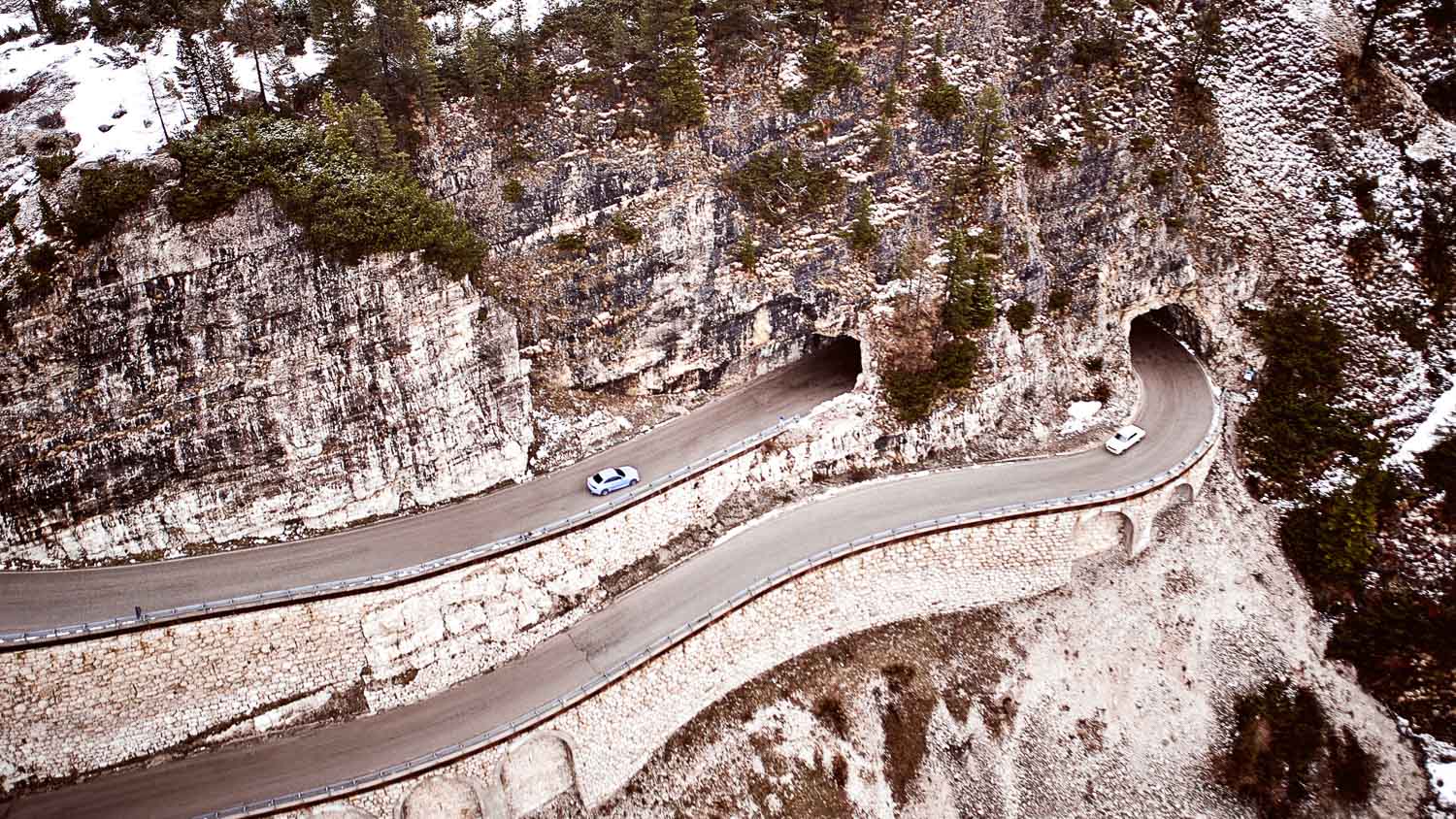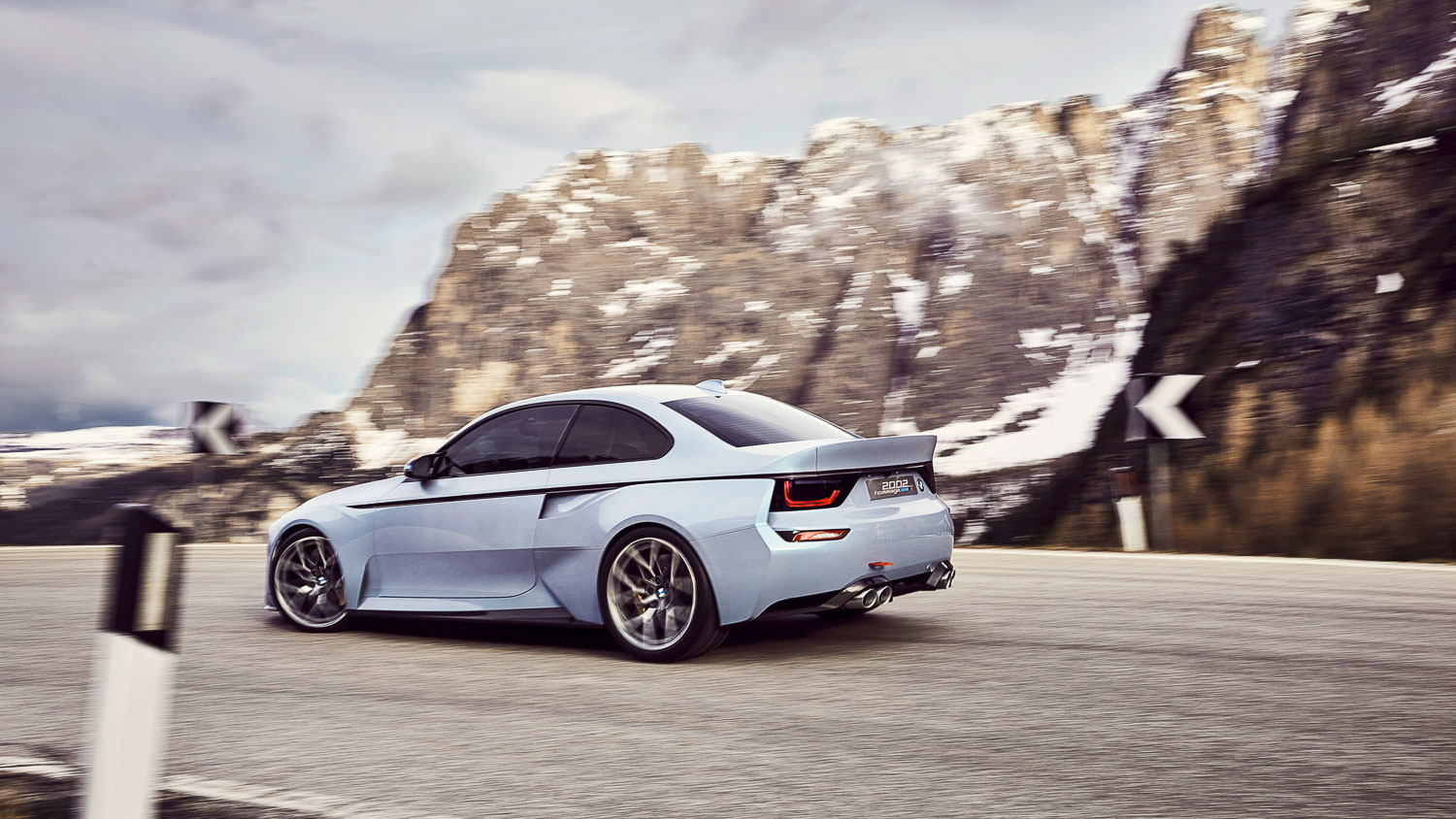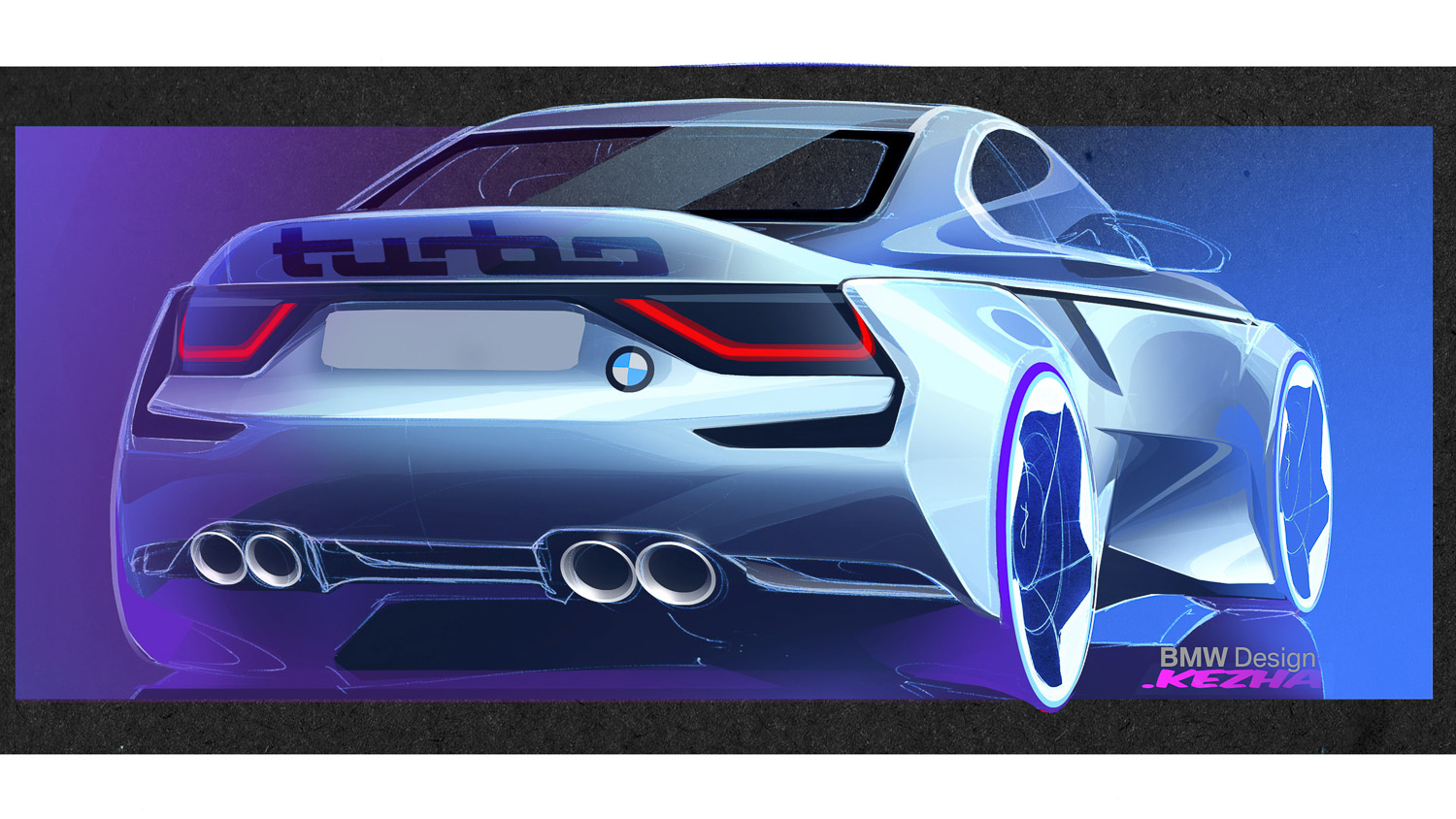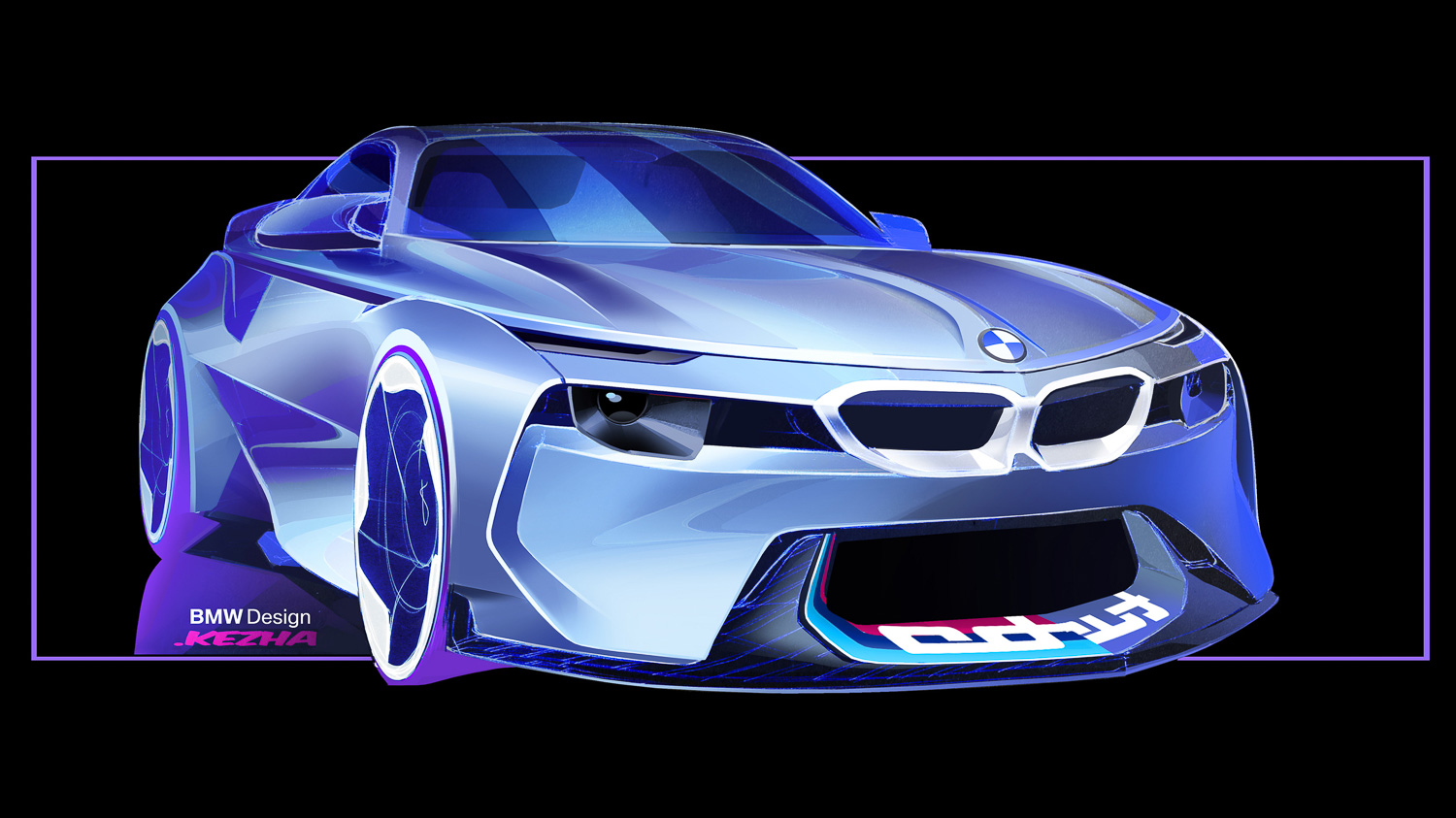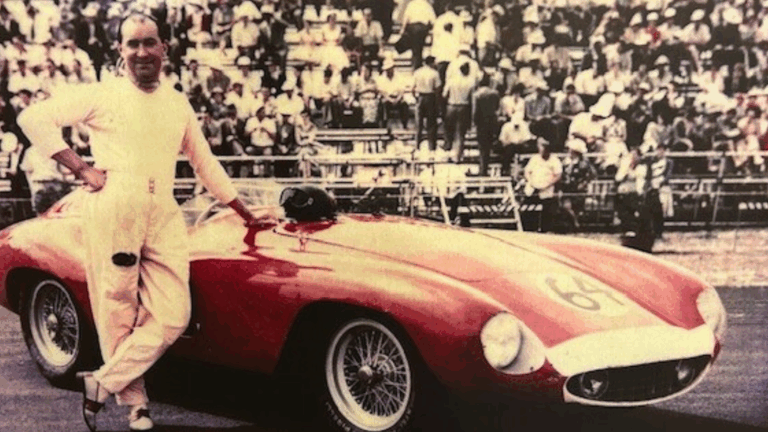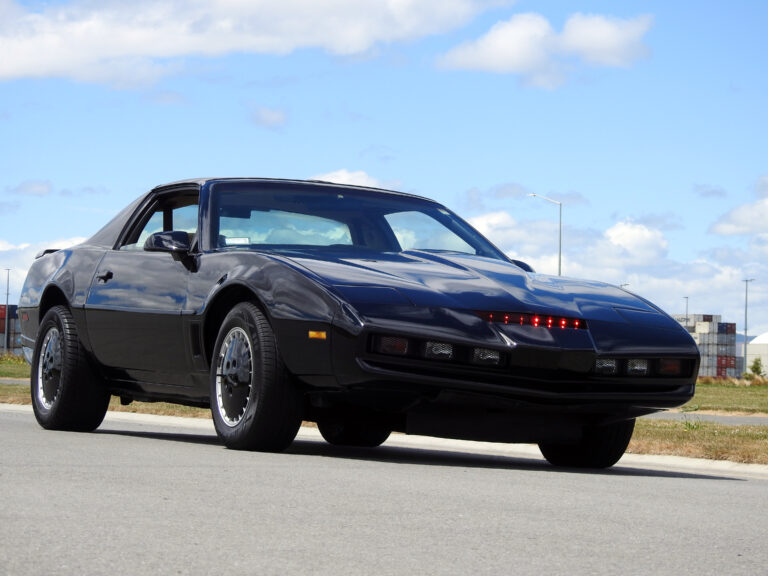BMW has always been a brand that does some seriously cool things. Throughout their motorsport history they’ve been renowned for building well-balanced machines with an engine up front and power being sent to the rear wheels. It’s a concept they’ve stuck with throughout all of these years, and they’ve produced some pretty exciting models with the idea. They’re also a brand that stay true to their roots, building homage models, and sticking with the unique flair used on the earliest of BMW vehicles.
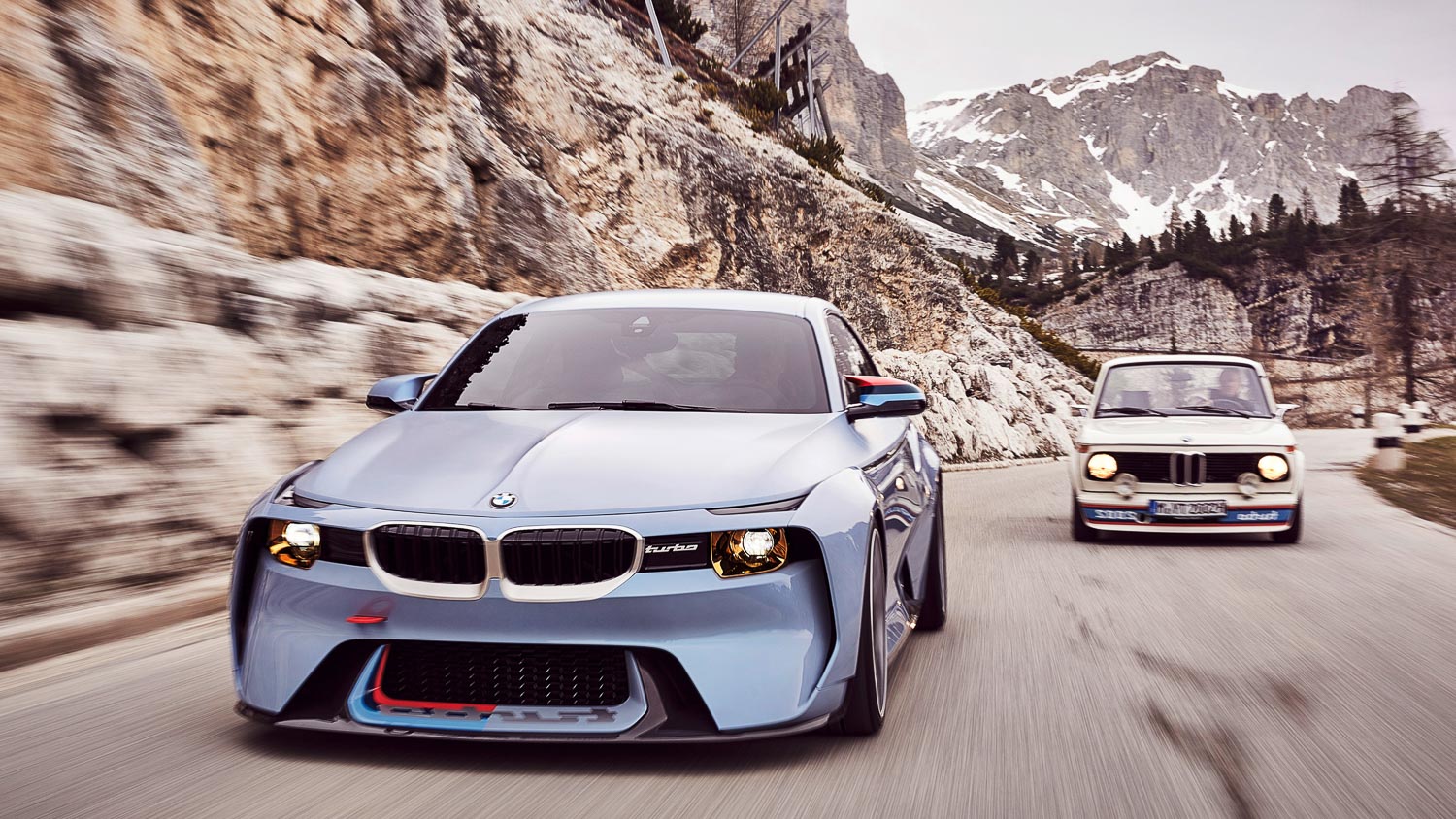
One of those exciting models, and one that is very important to the brand, is the BMW 2002. The BMW 1600-2 was first released in 1966 at the Geneva Motor Show as a vehicle that would duly be regarded as a ‘great vehicle for the price’. It had two doors, a short wheelbase, and a 63kW (84hp) SOHC four-cylinder engine, which was produced from 1962–1988. Soon after, in 1967, a higher-performance model was introduced, named the 1600 Ti. It had much higher compression (9.5:1) and ran a dual–Solex PHH side-draft carburettor set-up, which helped bump power up to 82kW (110hp) at 6000rpm. For a 960kg vehicle, things were starting to get a little more exciting.
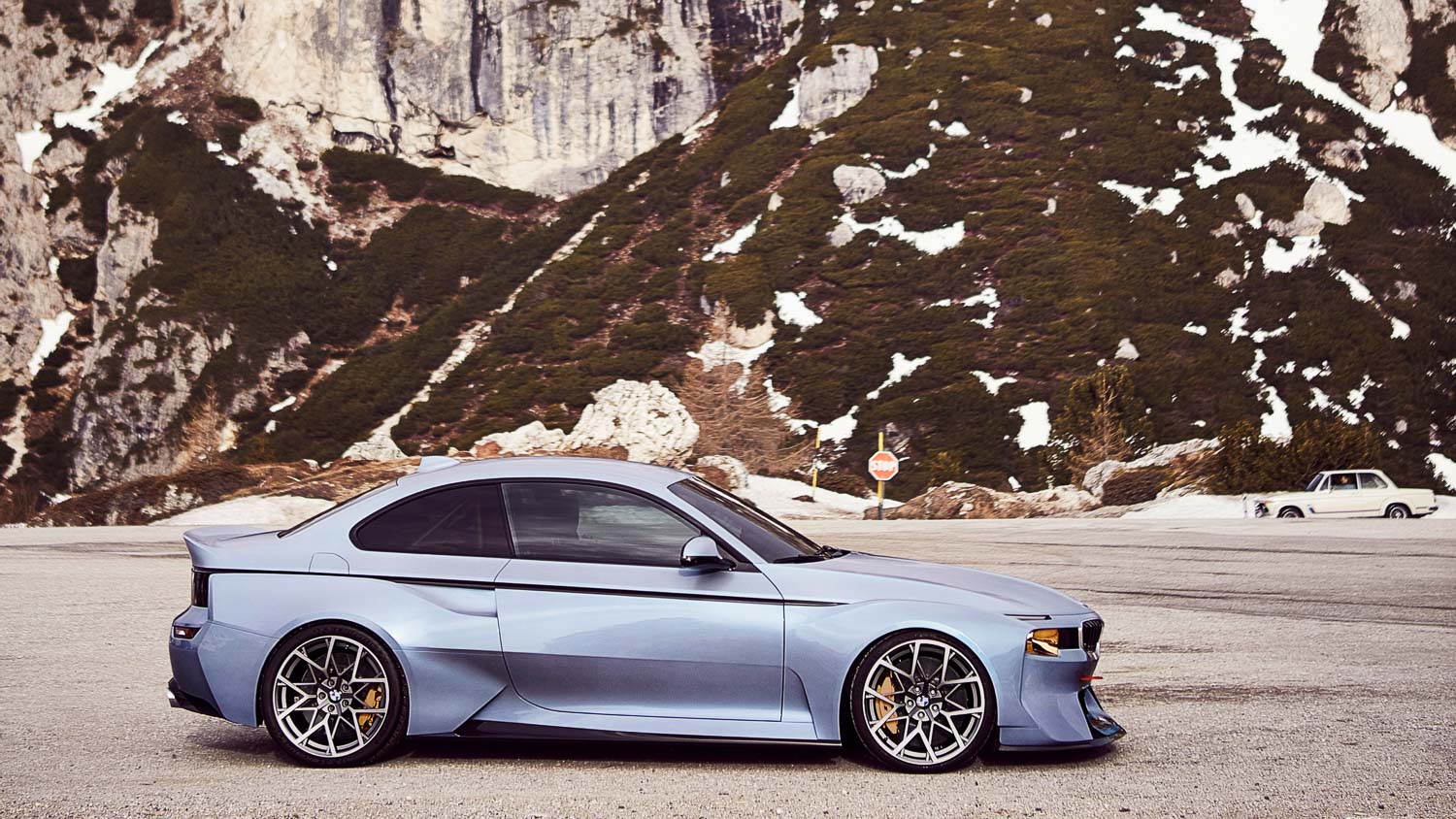
However, things didn’t get truly exciting for the brand until BMW’s Director of Product Planning, Helmut Werner Bonsch, and the designer of the M10 engine, Alex von Falkenhausen, both came to the realization that they had both upgraded their personal 1600-2s to a two-litre engine. Soon after, a joint proposal was forwarded to BMW’s board to introduce a two-litre variant, which would be available to the general public. BMW then introduced two two-litre models; one with a single carburettor good for 75kW (101hp), and the other made use of dual carburettors and a bump in compression. Power for the high performance was slightly more than the highest-spec 1.6-litre model, with 89kW (119hp), however, torque, and thus driveability, had increased tremendously.
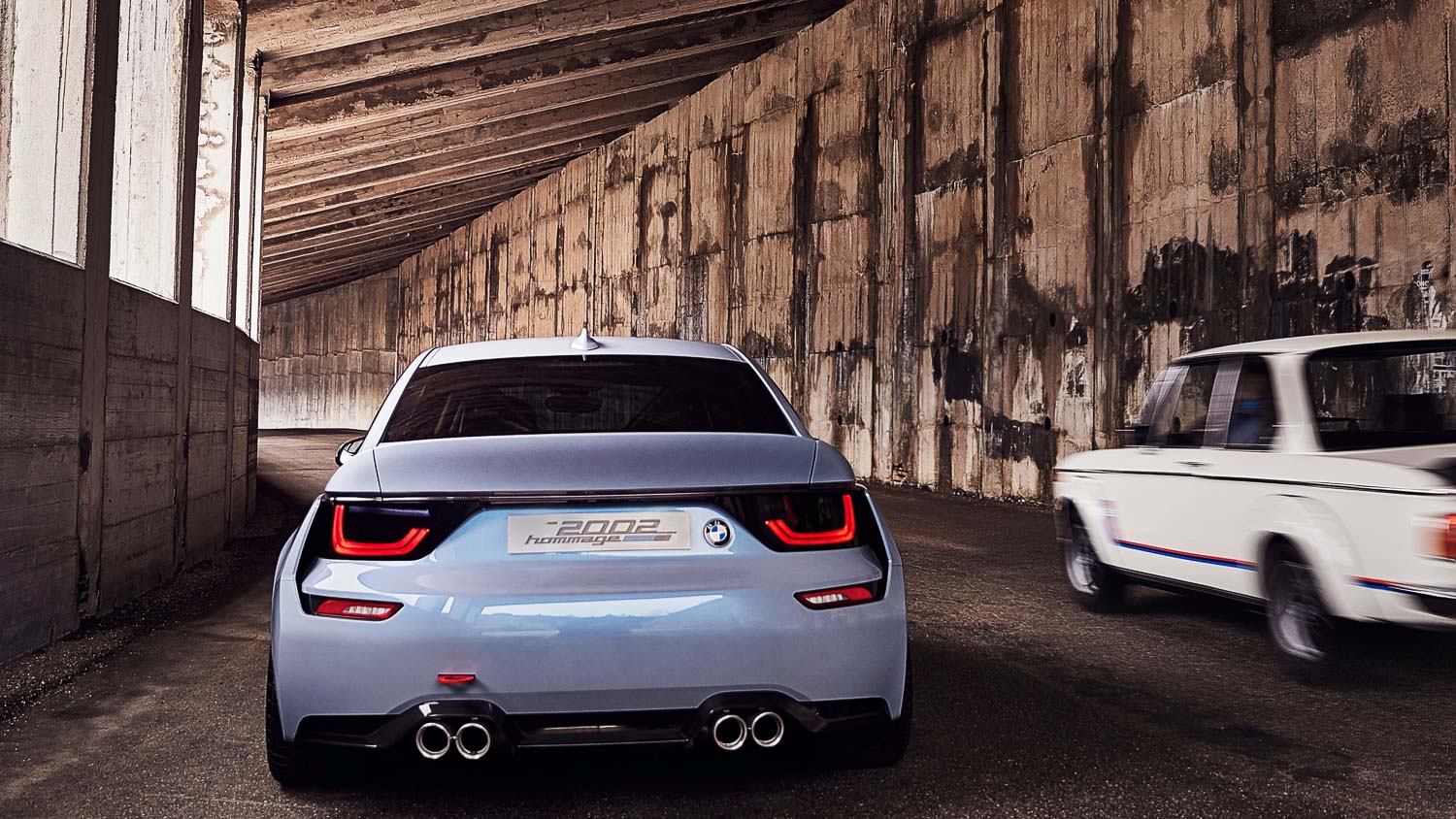
In 1971, after the release of the 2002 cabriolet with its two-litre engine, BMW released their first fuel-injected example, which they named the 2002 Tii. Power rose to 97kW (130hp), which also saw a top-speed increase to a respectable-for-the-time 185kph (115mph).
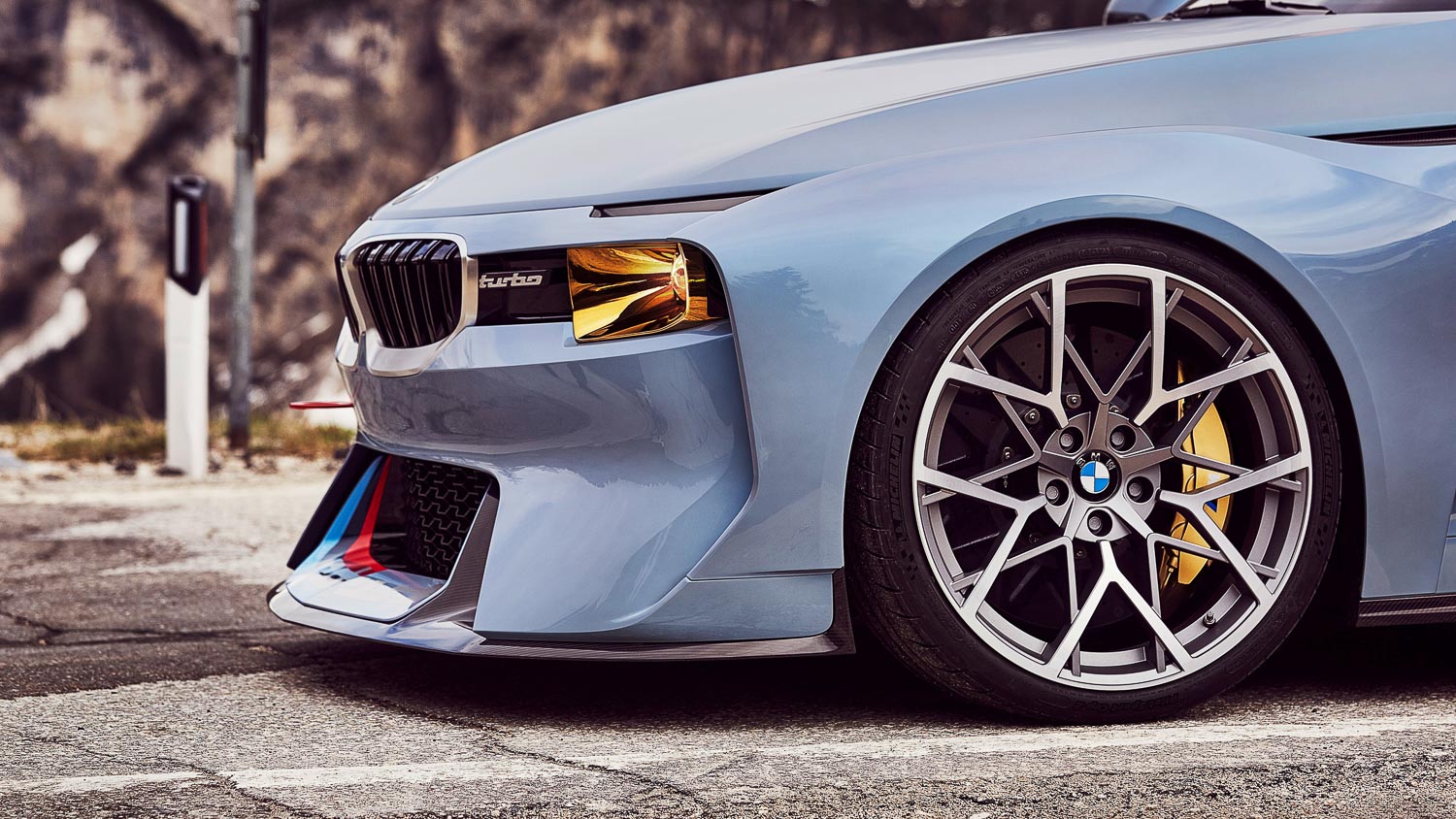
Finally, in 1973, BMW released their first-ever turbocharged production vehicle. The 2002 Turbo was released at the 1973 Frankfurt Motor Show and saw their two-litre engine undergo a major drop in compression to 6.9:1 to cope with boost pressure and prevent detonation. BMW made use of a single KKK turbocharger, a sliding throttle, and Kugelfischer mechanical fuel injection to have the two-litre punching well above its weight with 127kW (170hp) and 240Nm of torque. Only 1672 BMW 2002 Turbos were built — thanks to its untimely release right before the oil crisis — as opposed to the 861,940 built without turbochargers.
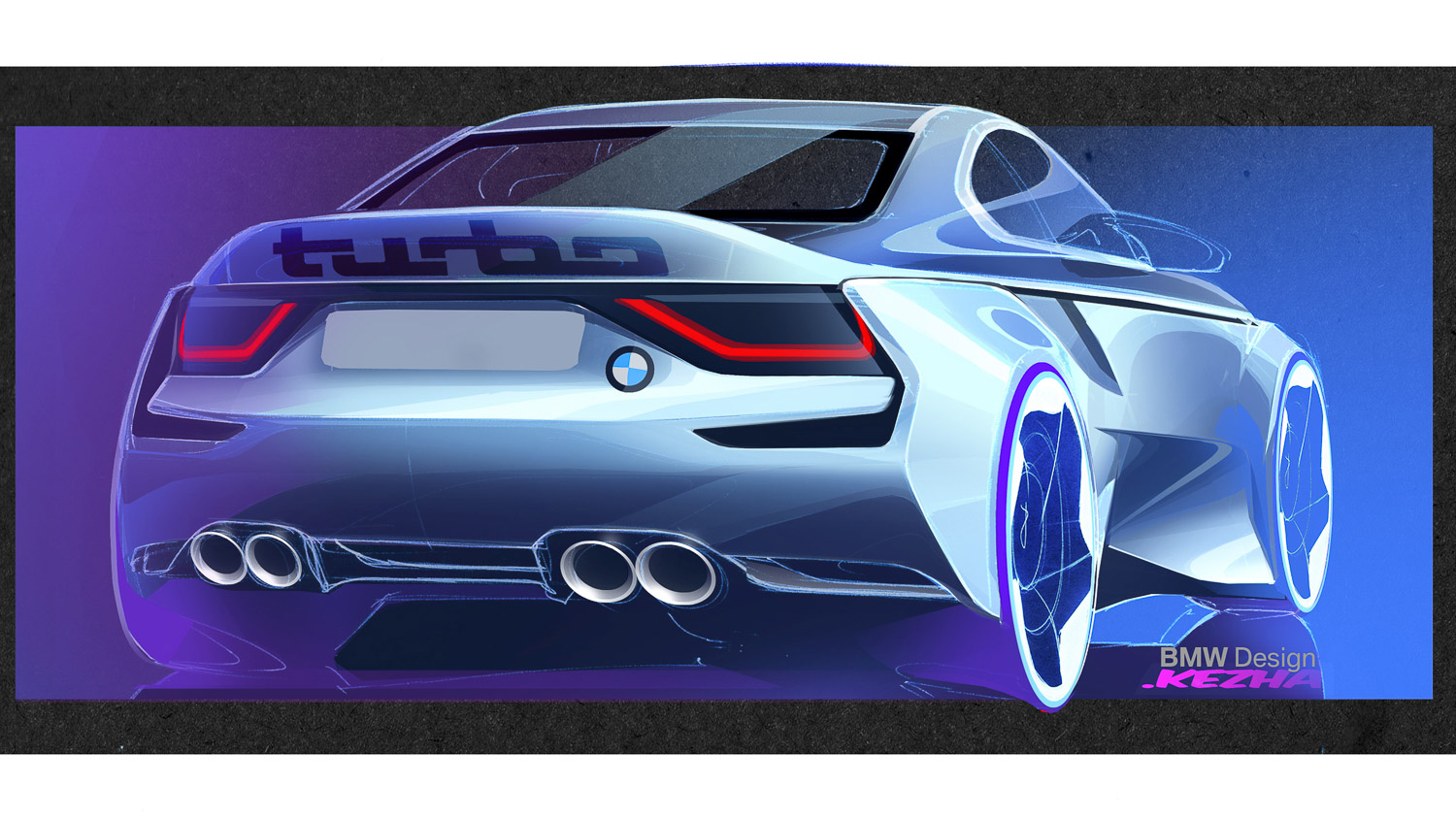
BMW have recently released a homage version of the BMW 2002, but from what we’ve seen it looks absolutely bonkers. From the digital renders we’ve been able to have a look at, we can confirm that it will be running a turbocharged engine of sorts. As soon as we hear anything more on this wide-body, fire-breathing, turbocharged monster, we’ll keep you updated. In the meantime, take a look at the gallery and let us know what you think of the design.
Image credit: BMW

